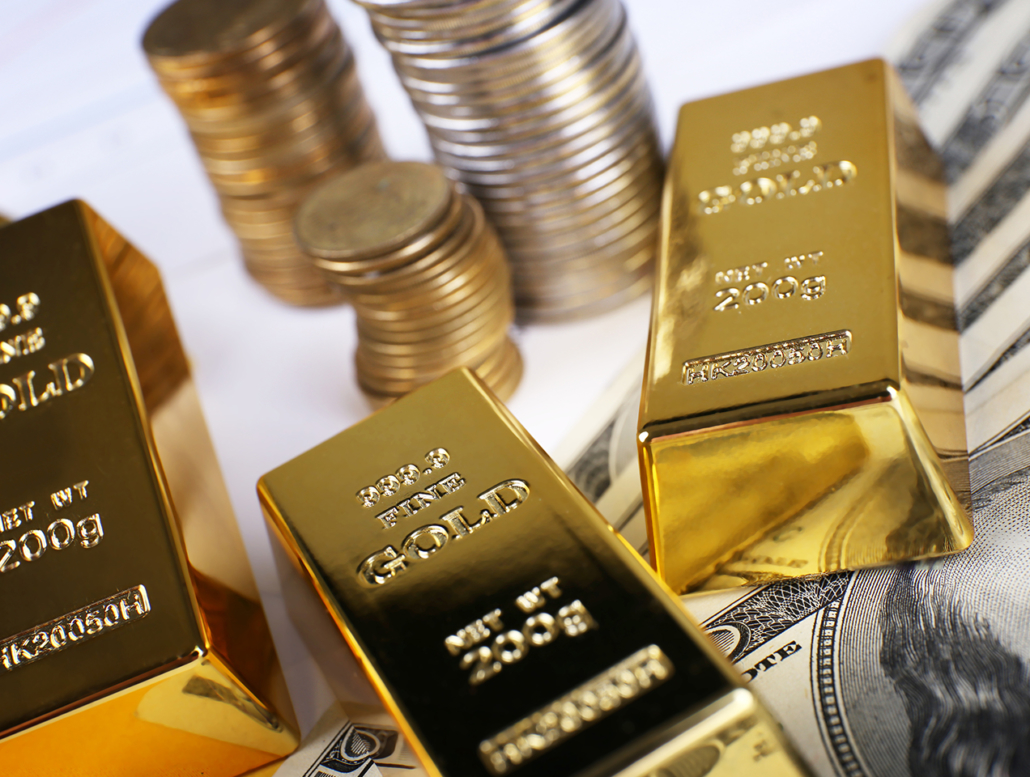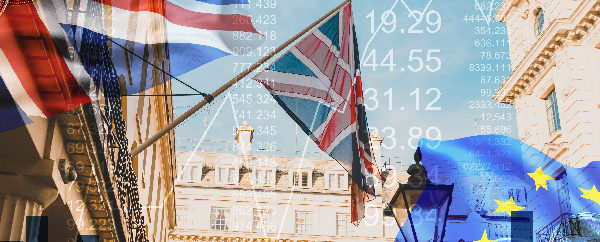Precious metals – and in particular gold – have been seen as stores of value for decades, and over the long term that remains true, but it does not mean they are a risk-free cash cow.
Indeed, 2018 saw most precious metals fall in value, with the exception of palladium which rose by about 15% over the year.
For the other metals it was a fairly flat year, and this was also true of equities until the final few weeks of 2018.
Eventually as the year neared its end, equities dropped, and it is this late slump that can make precious metals look like stellar performers on paper.
But ultimately it was a flat year all round and, with the exception of palladium, precious metals hardly outperformed equities for much of 2018.
Why palladium?
Let’s look at palladium to understand why its price rose strongly in an otherwise subdued market.
This can be put down in large part to simple supply and demand:
- Supply: Palladium is produced in South Africa as a byproduct of platinum mines and in Russia as a byproduct of nickel mines. Together they represent 80-90% of the global supply, and geopolitical factors have a major impact on availability.
- Demand: Palladium is used in catalytic converters to reduce emissions from motor vehicles. In an eco-conscious climate it is essential and again, automobile manufacturers buy around 80% of the global supply.
In fact the high value of palladium and its reliable presence in automobiles has reportedly led to catalytic converters being stolen from vehicles in both the UK and the US.
As of early 2019, palladium overtook the value of gold per ounce – not the first time it has done so, but the first time it has also broken $1,400 per ounce.
What about gold?
Palladium is a relative newcomer to the top end of the precious metals market, but what about gold, the traditional first port of call to store value in turbulent times?
Over the course of 2018 it fell slightly – by less than 2% – from around $1,300 to about $1,280 an ounce.
While that still represents a fall, many investors might consider it flat compared with other metals like silver (-9.3%) and platinum (-16.2%) in 2018.
Ironically, because gold is traded in dollars, many countries outside of the US saw net gains in the value of gold after exchange rates, due to the roughly 5% strengthening of the dollar over the course of 2018.
Gains would have been small and perhaps wiped out completely by transaction fees associated with selling gold, but on paper in parts of the world, gold still achieved positive net growth for the year.
Crypto coins
Cryptocurrencies have rapidly become an alternative to precious metals – and creating new crypto coins is even referred to as ‘mining’.
But it seems as though many cryptocurrencies have already had their day, while even the major players like Bitcoin are losing value fast.
In 2018 Bitcoin lost nearly three quarters of its value, dropping from over $13,000 to less than $4,000.
While some still expect it to recover in the long term, the illusion has been broken for many investors, who are unlikely to consider crypto coins as a legitimate alternative to precious metals when storing value for the future.
A glittering future?
So what will the rest of 2019 bring? As of the end of May, gold stands at close to $1,300 an ounce, back to its price at the start of 2018 and trending upwards, albeit steadily.
Palladium continues to climb and is well above gold at nearly $1,375 an ounce, whereas both silver and platinum are down over the course of the year so far.
This in itself is slightly unusual – often where gold goes, the other metals follow – and is a further indication that all is not well in the current precious metals market.
But with the Bitcoin bubble thought by many investors to have well and truly burst, we may yet see cryptocurrency investors move back over to precious metals, putting some much-needed life blood back into the market before the end of the year.
Disclaimer: The information provided here is not investment, tax or financial advice. You should consult with a licensed professional for advice concerning your specific situation.




